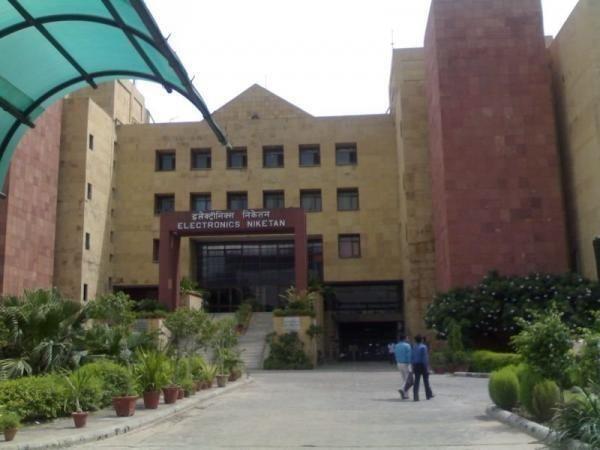The Ministry of Electronics and Information Technology (MeitY) has taken a strategic step towards reinforcing India’s leadership in the Global Capability Centres (GCCs) sector by forming an industry-led panel to create a national framework for GCC development, particularly focusing on tier 2 cities
Background: Framework to Promote GCCs Nationwide
Announced in the February 2025 federal budget , the proposed framework aims to guide states in creating a conducive environment for GCCs by addressing:
- Talent availability and infrastructure
- Urban planning and bylaw reforms
- Industry collaboration mechanisms
Committee Members & Stakeholders
The committee includes representation from top industry bodies and enablers:
- Nasscom
- Zinnov Consulting
- ANSR
- KPMG
- Invest India
The committee has a one-year term and is expected to meet in the coming weeks.
“With GCCs having gone mainstream, the policy construct needs to evolve from incentives to innovation,” said Ramkumar Ramamoorthy, Partner, Catalincs
“With GCCs having gone mainstream, the policy construct needs to evolve from incentives to innovation,” said Ramkumar Ramamoorthy, Partner, Catalincs
The Need for an Innovation-Driven Policy
Industry experts emphasize that the national framework must unify disjointed policies across areas like:
- IT and hardware
- Startups and deep tech
- Skilling and education
- Data security and IP rights
The goal is to encourage R&D, facilitate technology transfer, create local IP , and drive cross-border collaboration, aligning GCC operations with India’s startup and innovation ecosystem.
India's GCC Landscape: Rapid Growth
India has emerged as the GCC capital of the world, with:
- 1,760+ GCCs in operation (as of 2025)
- 1.9 million people employed
- $64.6 billion in revenue
This is projected to grow to:
- 2,200 GCCs by 2029
- 2.5–2.8 million jobs
- $99–105 billion in revenue by FY2030
On average, 1–2 new GCCs are added each week.
Regulatory and Tax Challenges
Despite the boom, regulatory hurdles remain:
- Ambiguity in GCC definitions across ministries and states
- Complexities in transfer pricing, SEZ compliance, and data localisation
- Safe Harbour thresholds raised only marginally (from ₹200 Cr to ₹300 Cr), far below Nasscom’s recommendation of ₹2,000 Cr
- Uneven state incentives and infrastructure disparities
“95% of eligible firms don’t opt for safe harbour due to litigation fears,” noted experts.
Spotlight on Tier 2 Cities
To reduce pressure on metro hubs and decentralize growth, the framework will assist states in promoting tier 2 cities like:
- Lucknow, Indore, Vishakhapatnam, Mysuru
- With Tamil Nadu, Karnataka, and now Uttar Pradesh offering incentives such as payroll subsidies to attract GCCs
States like Madhya Pradesh, Telangana, and Andhra Pradesh are also drafting GCC-specific policies to attract multinationals
Visit Our News section and follow us on LinkedIn and Twitter







